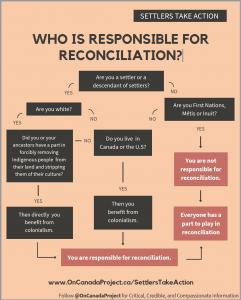In 2014, a travelling art collective called Beat Nation was on display in art galleries across Canada. The exhibit was meant to display Indigenous Hip Hop through both music and art. The sounds of the exhibit were Pow-wow music (which I have discussed in a previous post), throat singing and drumming mixed by Indigenous DJ’s. The art at the exhibit was meant to display the mix between urban hip hop and traditional indigenous culture. There were snowshoes made of skateboards, low rider bikes decoraded in hide skin, and ipods made of felt. In one room, there was even a rapper freestyling in Cree.
One thing I found really interesting is this idea that kids living on reserves do come to the urban center, where hip hop exists. Hip hop is all about mixing, so it makes sense that indigenous yout would want to combine their own culture with that of urban hip hop.
The exhibit coincided with Idle No More and the protests that raged across the country over legislative changes proposed by the Harper Government which would diminush treaty rights. Hip Hop has always been protest music, and this art exhibits connection to Idle No More really shows how this connection can be made.
From the article:
Beat Nation: Hip Hop as Indigenous Culture has become something of an art sensation in Canada. Featuring more than two dozen artists using beats, graffiti, humor and politics to challenge stereotypes, the exhibit coincides with the growth of Idle No More, an indigenous political movement in Canada.
“The idea behind hip-hop is the idea of a mix,”saysMark Lanctot, a curator at the Montreal museum. He says the sonic soup that follows you throughout the exhibit represents the diversity of being indigenous today.
“Aboriginal culture isn’t a monolithic, single, static entity. It’s always changing, always takes from other cultures,” he says.
Click the image below to learn more:

Mays, Kyle T. “Decolonial Hip Hop: Indigenous Hip Hop and the Disruption of Settler Colonialism.” Cultural Studies, vol. 33, no. 3, 2019, pp. 460–479., doi:10.1080/09502386.2019.1584908.

